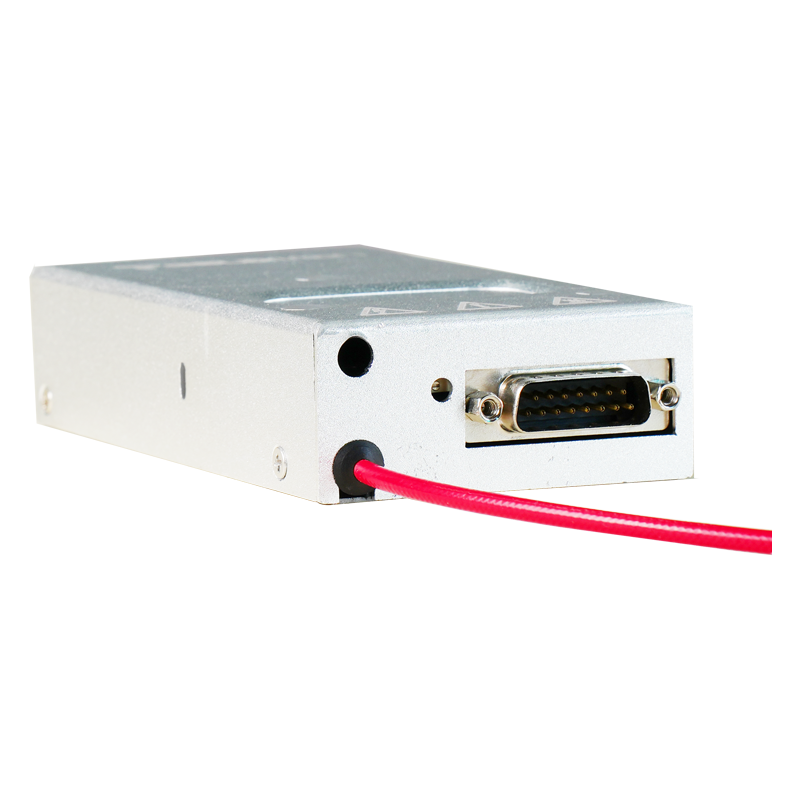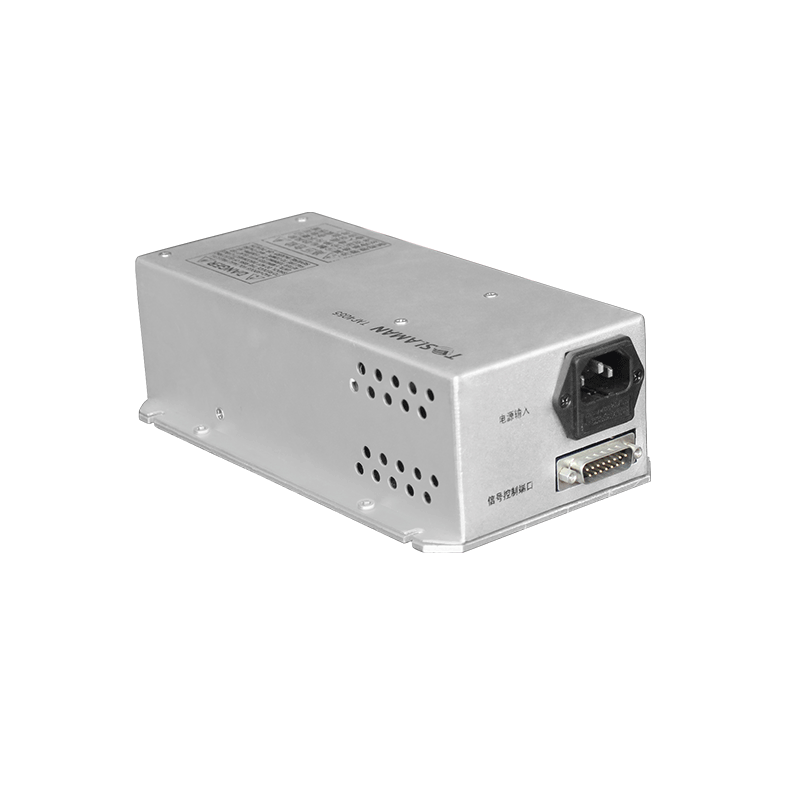Anti-Interference Design of High-Voltage Power Supplies for Automated Test Equipment
Automated Test Equipment (ATE) operates in complex electromagnetic environments within industrial control and precision measurement systems. As the core module, the anti-interference capability of the power supply directly impacts system accuracy and reliability. This article explores key anti-interference technologies for high-voltage power supplies from four perspectives: interference mechanisms, hardware design, software strategies, and system integration.
1. Interference Types and Conduction Mechanisms
Conducted Interference: Differential-mode (inter-line) and common-mode (line-to-ground) noise introduced via power lines or grounding wires, primarily originating from grid surges and transient switching of components (e.g., di/dt of MOSFETs). Tests show lightning surge voltages can exceed 10 kV with peak currents of 140 kA.
Radiated Interference: High-frequency electromagnetic fields (>1 MHz) couple into power lines through space, commonly near inverters and servo motors.
Internal Interference: Oscillation noise caused by reverse recovery currents of rectifier diodes and parasitic capacitance (∼pF) of transformers.
2. Hardware Anti-Interference Strategies
(1) Filtering and Transient Suppression
Input-Stage Filtering: Use π-filters (common-mode chokes + ceramic capacitors) to suppress high-frequency common-mode noise, achieving >40 dB insertion loss (150 kHz–1 MHz).
Transient Protection:
TVS diodes (response time <1 ns) clamp surge voltages, calculated as V_clamp ≥ 1.5×V_dc.
MOVs parallel to inputs, with nominal voltage V_mov = 1.4×V_ac_peak (e.g., 430V for 220V systems).
(2) Grounding and Shielding Optimization
Grounding Topology: Single-point grounding avoids ground loops, with resistance <4 Ω; digital and analog grounds isolated via ferrite beads.
Triple Shielding:
Copper foil between transformer windings, single-point grounded;
Double-shielded cables (outer layer to chassis, inner layer to system ground);
Ferrite cores for critical lines (e.g., ADC sampling).
(3) Power Topology Improvements
Pre-Regulation Circuit: Buck-Boost pre-regulation before LDOs suppresses input voltage fluctuations (±20%).
Isolation Design: Galvanic isolation via DC/DC modules, withstanding >2.5 kV.
3. Software Fault Tolerance and Algorithmic Compensation
Digital Filtering: Adaptive Kalman filters in sampling circuits enhance SNR by 15–20 dB.
Redundancy Mechanisms: Two-out-of-three voting logic for critical commands prevents misoperation.
Self-Check Protocols: CRC verification of power status registers at startup; real-time ripple monitoring (programmable thresholds).
4. System-Level Validation and Standards Compliance
Testing Standards:
Conducted Immunity: IEC 61000-4-4 Level 4 (4 kV/5 kHz bursts on power ports);
Radiated Immunity: IEC 61000-4-3 (10 V/m field, 80 MHz–1 GHz).
Fault Injection Tests: Verify power recovery time <100 ms under strong interference (e.g., ±2 kV ESD).
Conclusion
Anti-interference design for high-voltage power supplies requires synergy across hardware, software, and mechanical structures: Hardware relies on the filtering-shielding-grounding triad; software embeds adaptive filtering and state monitoring; final validation requires EMC Level 4 certification. Future trends will integrate AI for real-time interference diagnosis and dynamic suppression (e.g., adaptive impedance matching), ensuring ATE reliability in extreme electromagnetic environments.




















